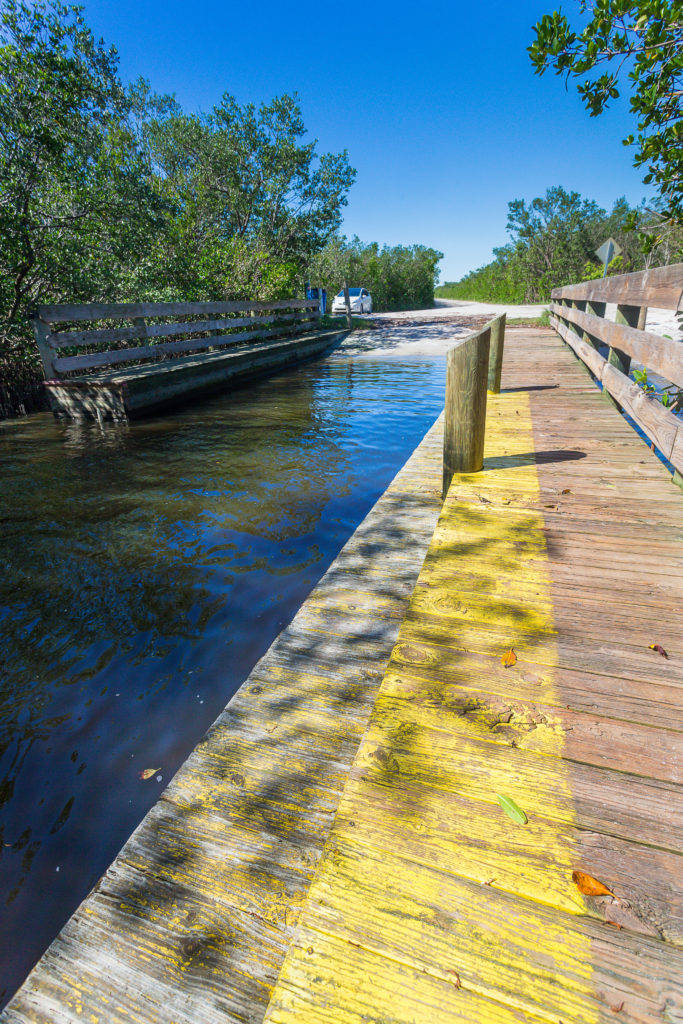After winning a 10-year-long battle to protect the Oslo Boat Ramp area earlier this month, environmentalists, scientists and anglers want to capitalize on that victory, getting the area designated a protected fish-nursery habitat.
No such designation currently exists at the local, state or federal level, but the group wants to change that.
The County Commission finally gave up the idea of “improving” the ramp area at the Feb. 13 commission meeting, after spending countless hours discussing ever-changing plans to expand or otherwise alter the well-used boat ramp.
Coastal Conservation Association president Paul Fafeita told Indian River County Commissioners the area is the only site along the 156-mile lagoon forming a nursery for not one, but four game-fish – snook, tarpon, red drum and spotted sea trout.
Grant Gilmore, a renowned fish biologist who has identified deep-water-ocean spawning grounds and shallow-water-lagoon nursery grounds, wants the spawning area posted and protected.
Gilmore and those working with him want to make the environmentally sensitive waters around the ramp a pilot project to get fish spawning and nursery habitat recognized and protected state- and nation-wide.
“Oslo will be the premier example of what anglers can do to turn things around. I am so proud of these guys,” Gilmore said. “They came and protected the babies of their big game fish.”
If fish spawning grounds and nurseries are damaged or destroyed, fish populations plummet.
“It’s a sacred area, much like Pelican Island, which is a protected area for egrets and pelicans and other birds,” Fafeita said. “But unlike the birds, you can’t see them, so we’re speaking for the fish.”
William Loftus, head of Aquatic Research & Communication, suggested a possible mechanism for protection at the state level. The Florida Fish and Wildlife Conservation Commission has a “critical wildlife area” designation, which could be expanded to include fish habitat.
Gilmore believes that’s a good route, stressing a need to educate the public, county commissioners, state legislators, agency personnel and federal lawmakers.
As a first step in that education, he wants to let people hear the sound of game fish spawning.
“We want people to understand fish are a part of the ecosystem,” Gilmore said. “They’re out of sight and so out of mind, but I think letting people hear the fish is going to do it.”
Using military-grade sound systems, Gilmore and the CCA anglers plan to set up listening sites, dropping microphones into identified spawning grounds, and CCA has promised Gilmore it will build a website to post recordings of the spawning songs.
“A single trout sounds like a heartbeat – ba bump – but thousands of them spawning sounds like a stampede of buffaloes,” Gilmore said. Red drum “sounds like bongos tapping – ba, ba, ba, ba, ba. Perch sound like chickens – bac, bac, bac, baaaac.”
“The aboriginal people knew these were sacred sites and you don’t fish where they’re spawning,” Gilmore said. “The Pascagoula Native American tribes could hear the fish through their canoes.”
The more people understand about how unique and essential to ocean ecology the spawning areas are, the more they will be likely to support official protection that will keep the areas safe, Gilmore believes.

